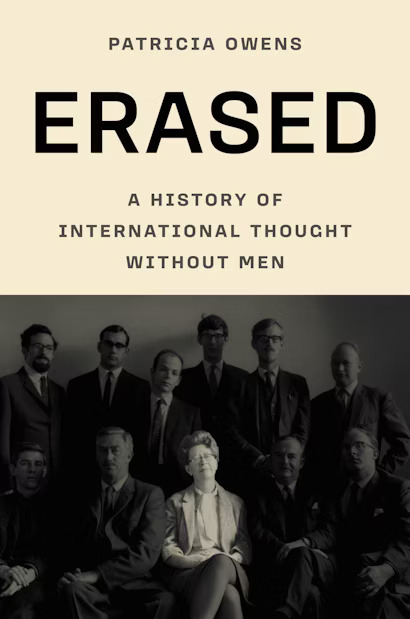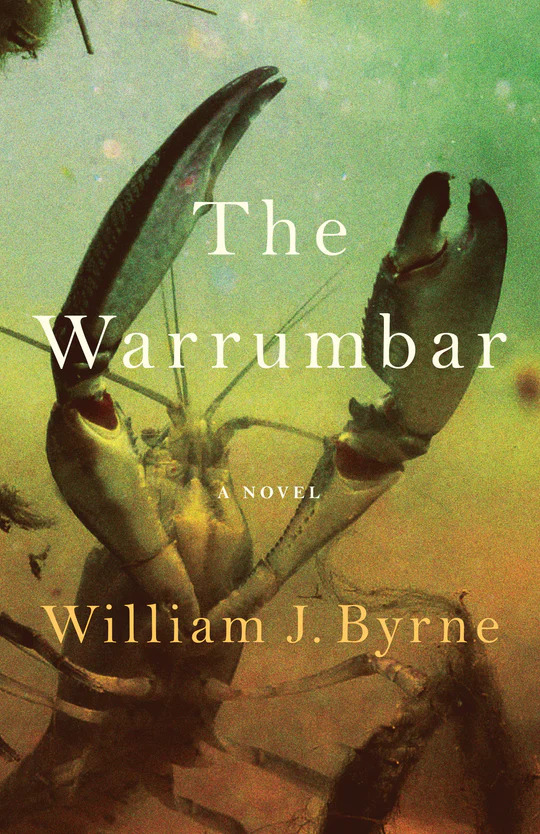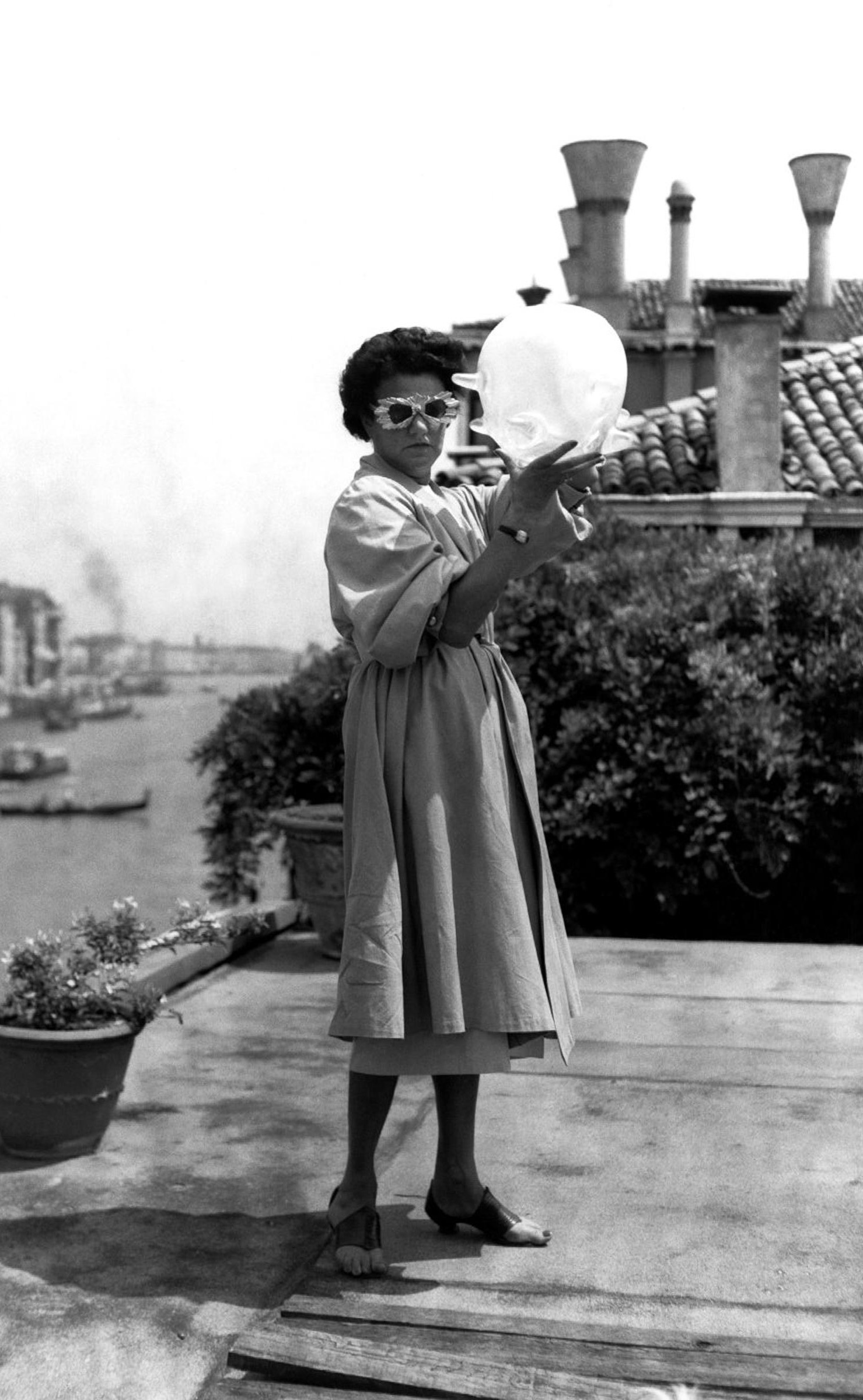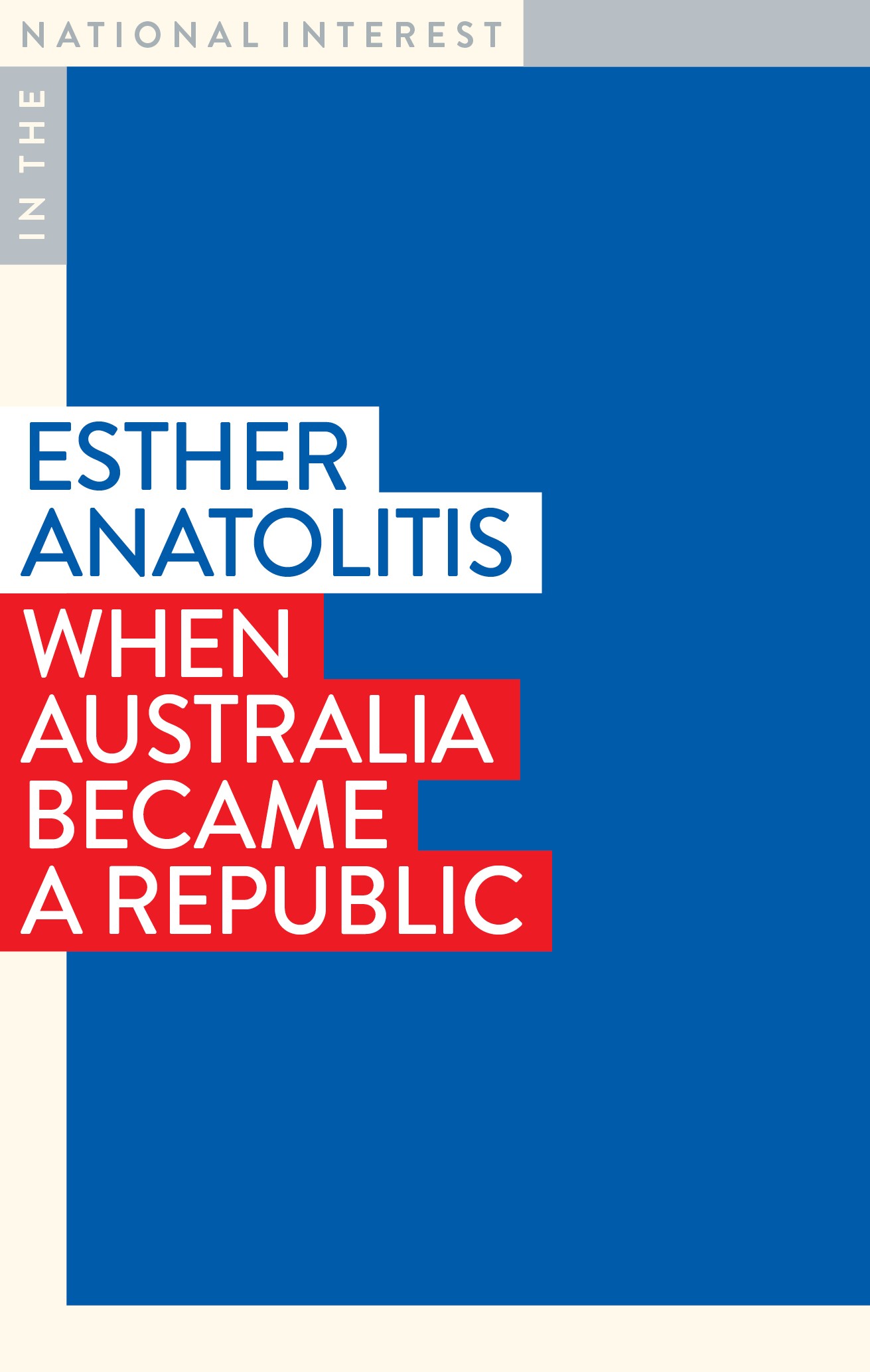Angela Hewitt in Recital

In a deftly pitched introduction to the evening’s program of Mozart, Bach, Handel, and Brahms, Angela Hewitt mentioned in passing that her first visit to Adelaide had been back in 1991. A packed and responsive Elder Hall audience was quick throughout the evening to show their support and enthusiasm for the artist, her choice of works, and her individual performances.
Opening with two works by Mozart – the Fantasie in C Minor K475 and the Sonata for piano in C Minor, K457 – Hewitt provided powerful and sensitive illustrations of Alfred Brendel’s remarks concerning Mozart and minor keys: ‘More than any other composer, Mozart changes when he writes in a minor key ... In Mozart’s C-minor, man is confronted with an overwhelming fate.’ In Hewitt’s hands, far from fate swamping the composer or the music, the audience’s emotions were caught up in the combination of drama, dynamics, and poetry she found in the two works.
Continue reading for only $10 per month. Subscribe and gain full access to Australian Book Review. Already a subscriber? Sign in. If you need assistance, feel free to contact us.











Comments (2)
Leave a comment
If you are an ABR subscriber, you will need to sign in to post a comment.
If you have forgotten your sign in details, or if you receive an error message when trying to submit your comment, please email your comment (and the name of the article to which it relates) to ABR Comments. We will review your comment and, subject to approval, we will post it under your name.
Please note that all comments must be approved by ABR and comply with our Terms & Conditions.